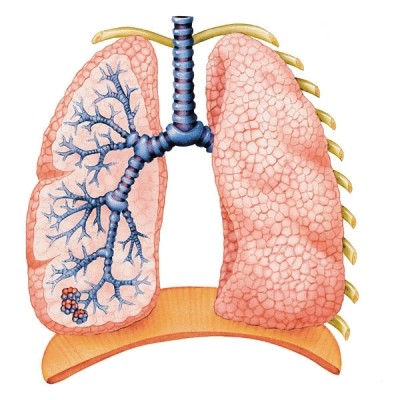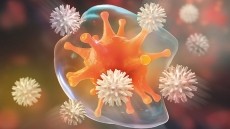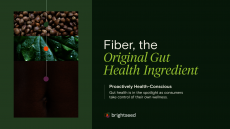Dietary fibre linked to better lung function
sources, could boost lung health, and may reduce the risk of
chronic obstructive pulmonary disease (COPD), suggests a new study.
"This study provides the first known evidence that dietary fibre is independently associated with better lung function and reduced prevalence of COPD," wrote lead author Haidong Kan from National Institutes of Health. COPD mainly affects smokers, and is the number five cause of death worldwide. It is characterised by chronic inflammation in the small airways of the lung and leads to excessive mucus production, excessive fibrous connective tissue development (fibrosis), and degradation of proteins (proteolysis). There is no cure. Yet a reported 10 per cent of people who die from COPD are said to have never smoked in their lives, a statistic that suggests that other factors beyond smoking may play a role in the development of the disease. Writing in the American Journal of Epidemiology, Han and co-workers from the University of North Carolina at Chapel Hill, report results from the Atherosclerosis Risk in Communities study (1987-1989). The study involved 11,897 American men and women. Lung function was measured by the volume of air that could be forcibly blown out in one second, the so-called forced expiratory volume (FEV1). The researchers reported that people with the highest average fibre intake had a FEV1 that was 60.2 ml higher than subjects with the lowest average fibre intake. Moreover, the forced vital capacity (FVC) was 55.2 ml higher in people with the highest average fibre intake, compared to people with the lowest average fibre intake. In terms of COPD risk, Han and co-workers report a 15 per cent lower risk for people with the highest versus lowest intakes of total fibre. In addition, the highest intake of cereal fibre was associated with a 17 per cent lower risk, while fruit fibre was associated with a 28 per cent lower risk. Being the first study to report such findings, more studies are clearly necessary to further support the association. Moreover, mechanistic studies are needed to explain how fibre may exert a beneficial effect. Insoluble fibre contains cellulose, hemicellulose and lignin and cannot be dissolved in water, unlike soluble fibre. It is found in wheat or cereal bran and in most vegetables and fruits. Consumption of insoluble fibre has previously been associated with a reduced risk of obesity and diabetes, but the biological mechanism underlying the benefits has only been assumed. Source: American Journal of Epidemiology Published on-line ahead of print, doi:10.1093/aje/kwm343 "Dietary Fiber, Lung Function, and Chronic Obstructive Pulmonary Disease in the Atherosclerosis Risk in Communities Study" Authors: H. Kan, J. Stevens, G. Heiss, K.M. Rose, S.J. London














